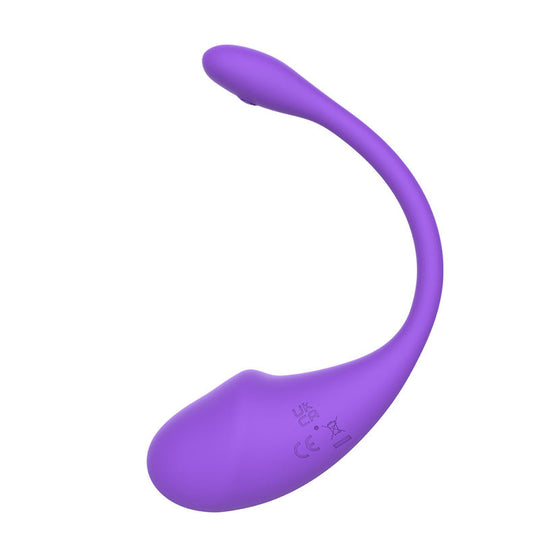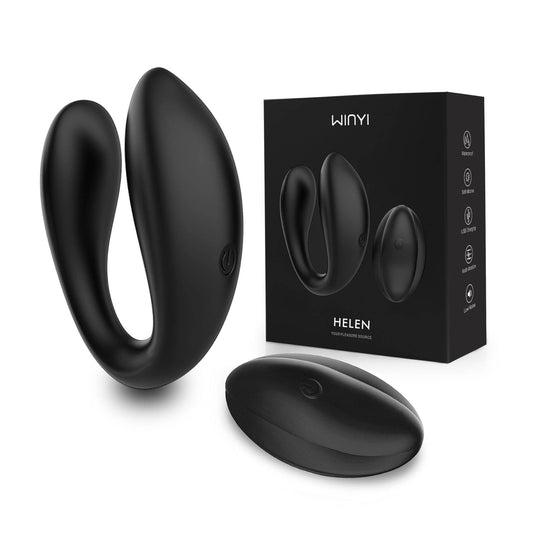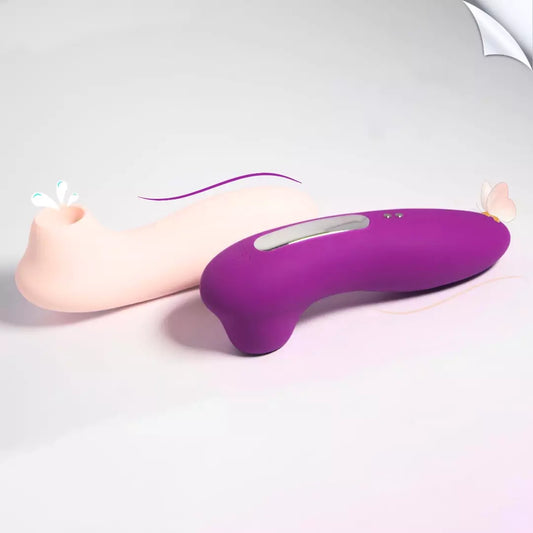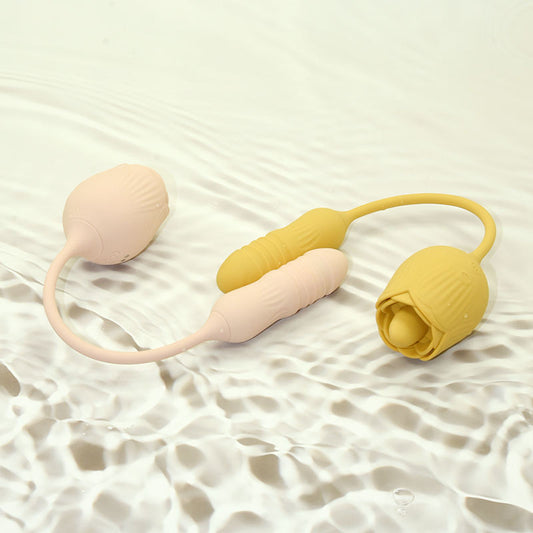Hey! Let's discuss something that's an integral part of human beings - the breasts! You may have noticed that different women's breasts don't look identical. What's the matter? This is completely normal and perfectly acceptable.
Amazingly, our bodies are available in a variety of dimensions and shapes. Breasts can be large, small and round, teardrop shaped or anything in between. Certain women's breasts are more closely, and others are farther apart. Nipples may point in different directions, too.
This is because the human body was designed to differ. There is no "right" way for breasts to appear. Like hairlines, fingerprints, and voices are individual and unique, and so are our breasts!
Why the Variety?
Let's get this straight - breasts are comprised of fat tissue, fibrous connective tissue as well as milk glands or ducts. The quantity and the location of this tissue vary from person to person based on hormones, genetics and body composition, as well as other variables.

This is why no two breasts will look the same, even among identical twins that share the same genetic code! The timing of breast growth during puberty plays a part. Certain women's breasts could begin developing later or earlier than others.
It's All About the Hormones
The diversity of breasts' appearances is a result of a lot of hormones, specifically estrogen. Estrogen is among the major hormones that regulate the growth of breasts and changes.
As puberty progresses, higher estrogen levels trigger the breast tissue to grow in size and increase in density. As time passes, fluctuations in estrogen levels from menstrual cycles or pregnancy, breastfeeding or menopausal symptoms can also impact the shape, size and even firmness.
Different estrogen exposures are an important reason that your breasts continue to change throughout your life. Hello, constant evolution!
Every Body on a Unique Journey
The breasts not only look different from person to and vice versa, but they alter for a person over time. Breasts can grow larger or smaller when they undergo major changes and changes like:
- Puberty & adolescent development
- Gain or loss of weight
- Changes in postpartum pregnancy and pregnancies
- Cycles of breastfeeding
- Menopausal and perimenopausal
Our breasts move constantly and change the body. Therefore, instead of looking at others' bodies be aware that each body has its journey.
Embracing Your Unique Self
With the amazing variety of sizes, shapes, and designs, There is no "ideal" breast type to aim for. Your breasts are just right for you, which makes you truly unique.

Media Myth-Busting
Unfortunately, much of mainstream media prefers to portray a narrow view of a particular breast form as attractive and feminine.
However, perpetuating this mythological nonsense isn't just inaccurate but also harmful.
Human bodies were created with precision to be different. Our differences make us so unique!
The faster we break free of the limitations of these damaging stereotypes, the faster we will be able to appreciate the beauty of our diversity fully.
Different Can Be Difficult
Being different from the norm could cause feelings of anxiety, insecurity or self-consciousness regarding your body. If you're experiencing negative thoughts, know that you're not the only one.
Many people are self-critical about their breasts' size, shape, or other "flaws" at times. This kind of self-consciousness is not unusual, especially in light of the constant pressures we endure through social media messages about ideals we're supposed to have.
Self-Love is Self-Care
Hugging yourself is crucial. At the conclusion of your day, your breasts are more than just a fashion statement. They're an integral component of your entire self that deserves to be nurtured, loved, respected, and taken care of.
Try to do positive self-talk. Remember, you are the body through which you can enjoy this thrilling ride of life! Thanks to the breasts that are a part of this present. Send them affection and love, just like you want to do throughout your life.
All Breasts Are Normal Breasts
If we look at the stunning variety that exists all over the globe, it's not anything that can be described as "weird" or "abnormal" breasts. All breasts are normal, even those that you may believe to be "unconventional" by societal standards.
Breast Diversity 101
Here are some examples of the many and wonderful range of breast types available in the world:
- The breasts are not symmetrical (one breast is clearly greater than the other)
- The shape of the breast is tubular or tuberous
- Breasts with little to no breast tissue or volume
- Very heavy, large and pendulous breasts
- Breasts that have stripes or folds, stretch marks, or bumps
The list is endless! There are endless possibilities in breast dimensions shape, shape, spacing density, nipple direction, areola size and skin texture...the possibilities are endless.
Embrace and Empower
There's no reason to be ashamed or desire to "fix" these totally natural breasts by any means. They're part of the amazing, beautiful variety that makes our bodies amazing!
The more we are able to appreciate our individuality more confident and secure we'll feel being who we are. If you are able to look at yourself in the mirror and appreciate your body in the singularity of it all, it's self-love at its finest.
Supporting Breast Health
Although society pressures tend to focus on looks, it's vital to take care of the overall health of your breasts. Making self-awareness a priority and establishing positive habits can make a huge impact.
Do Breast Self-Exams
Be familiar with how your breasts usually appear and feel through regular self-exams. This can help you spot any abnormal changes in the future.
Give your breasts an examination once a month by examining and feeling for changes in shape, size and texture of the skin or lumps.
There may be some lumps; however, be on the lookout for any appearance of lumps or lumps that do not feel normal or, in general, anything that feels that is persistent and alarming.
Know Your Risk
Certain risk factors for breast cancer are a reason why some women are more prone to developing breast cancer than others. This includes the family history, genetic mutations such as BRCA1/2, obesity after menopausal change and a high density of breasts.
Knowing your risk profile will aid you and your physician in developing the most appropriate prevention and screening plan. Do not be afraid to inquire!
Wear Properly Fitted Bras
A properly fitted, supportive bra that you are comfortable wearing will help you avoid issues such as breast pain and skin irritation, grooving of the shoulder, and premature sagging as time passes.
A lot of people wear the wrong size of bra, and this causes all sorts of discomfort. Do not be afraid to have your bra professional fitting at a shop that specializes in bras. The health of your breasts will be grateful to you!
Maintain a Balanced Lifestyle
Being active and exercising regularly has been proven to reduce the risk of breast cancer as well as boost the strength of your chest and pectoral. A nutritious diet consisting of vegetables, fruits proteins, lean protein, as well as healthy fats are also essential.
A few studies suggest that eating foods rich in nutrients such as Vitamin D, fiber, and antioxidants could help lower the risk of breast cancer. Be sure to fuel your body properly!
Celebrating Diversity, Embracing Yourself

The final step is finding a way to appreciate your body in all its uniqueness and beauty is a lifetime process of self-acceptance.
While you're on the journey, it helps by surrounded by positive people, which boosts self-esteem.
Your social media feeds should be filled with #bodyposi posts from people who celebrate diversity in their bodies.
Learn from books and listen to podcasts that discuss the dismantling of the harmful standards of beauty. Above all, be gentle and understanding with yourself during the process.
No matter what shape size, shape, symmetry or "flaws", your breasts are beautiful and perfect for the reason that they're uniquely yours.
They are an integral part of the amazing vehicle you've been given to discover this vast and wonderful world. What a wonderful present!
Conclusion
In the final analysis, there's anything that can be described as "perfect" breasts.
Each pair is beautiful, unique, and exactly like you! Breasts come in a wide variety of sizes and shapes, each one naturally influenced by factors such as hormones, genes in life, stages of life, and personal experiences.
While providing self-care for your breasts and health is crucial, the most important step is to accept and embrace your complete real self who you are.
By embracing self-love with a strong commitment and positive self-talk, as well as the courage to question narrow social norms, you will be able to be the best version of yourself and your body with unshakeable confidence.
True beauty shines from within when we gaze at ourselves in the mirror and admire each of our body parts for the amazing, constantly changing nature they reflect. Breasts of all kinds are beautiful! So, go out and let your breasts shine.
FAQs
Q1.Does it make sense for one breast to appear bigger in comparison to the other?
Yes, absolutely. It's perfectly normal and normal for women to have noticeable asymmetrical or unbalanced breasts, where one is larger than the other.
Many people have some form of asymmetry in their breasts - it's only more noticeable for certain women than others.
Breast asymmetry can result from various reasons, including different distribution of breast tissue and changes in puberty, the effects of breastfeeding, and so on.
If the asymmetry isn't inflicting uncomfortable physical symptoms, then there's no reason to worry about it. The asymmetry is another illustration of beautiful body variations!
Q2. Do breast size and shape continue to change following puberty?
The truth is that breasts are rarely unchanged after puberty. The breasts of a woman can fluctuate and change in dramatic ways throughout their lives because of factors such as:
- Weight loss or gain
- Changes to postpartum pregnancy and pregnancies
- The cycle of breastfeeding starts and stops
- Menstrual cycles every month
- Hormonal shifts during perimenopause
- Full transition into menopausal
For example, it's very common for breasts to get larger and feel heavier during pregnancy/breastfeeding, then perhaps shrink, change shape, and lose upper fullness postpartum or after menopause.
It's important to remember that breasts always change in tandem with our changing bodies!
Q3. Are bumps, stretch marks or asymmetries of breasts something to worry about from a health perspective?
Not necessarily. Stretch marks visible and densities, wrinkles, skin bumps or general irregularities on your breasts don't necessarily suggest a health issue or cause you to be concerned.
These differences in breast shape and form are generally typical aspects of our individuality.
However, it is important to try to perform regular breast self-exams to look for any changes that are significant or irregular lumps and discharges, dimpling or puckering of the skin and so on.
If you're not experiencing any ongoing or alarming signs, bumps or breast asymmetries could be an element of your body's distinctive world. Don't be afraid to discuss concerns with your doctor in the event of need.
Q4. What's to be the "normal" or "ideal" distance that breasts should be spaced naturally?
The reality is that there is no one general "normal" or "ideal" spacing for breasts to be separated from in the chest. The space between the breasts and their position can obviously vary greatly depending on factors such as:
- Volume/volume of the breasts overall
- Chest width and frame
- The location of the inframammary fold/branch root
- The amount of breast tissue and distribution
- The chest's muscles are part of the wall
Some people's breasts naturally lie close to one another or even in the middle, with only a little distance. Some women's breasts may flare further apart in a larger chest.
The spacing will change as time passes. So long as it's not uncomfortable, nothing generally "correct" spacing breasts should be in line with. Embrace your natural configuration!
Q5. Do breasts and sizes influence the effectiveness of breastfeeding?
In the majority of cases, the vast majority of the dimensions or shape, density and spacing don't necessarily affect the ability of a baby to breastfeed a child. The process of breastfeeding is more connected to other factors, such as:
- The development of milk glands or ducts
- Hormones that cause the production of milk
- The strength of the reflex of ejection of milk
- The size and anatomy of nipples, as well as areolas
Women with a variety of breast types, from extremely massive and pendulous breasts to breast tissue that is barely protruding, can breastfeed with ease using the correct position, latching techniques, and perseverance.
However, certain surgery procedures for breasts or anatomical differences like a deficiency of glandular tissue possibly make breastfeeding more difficult in certain situations.
The most crucial first step is to collaborate with a lactation specialist to figure out the ideal configuration that is appropriate for you.
With a little help and patience, the majority of women's beautiful breasts can perform this amazing function regardless of their external size or shape.







